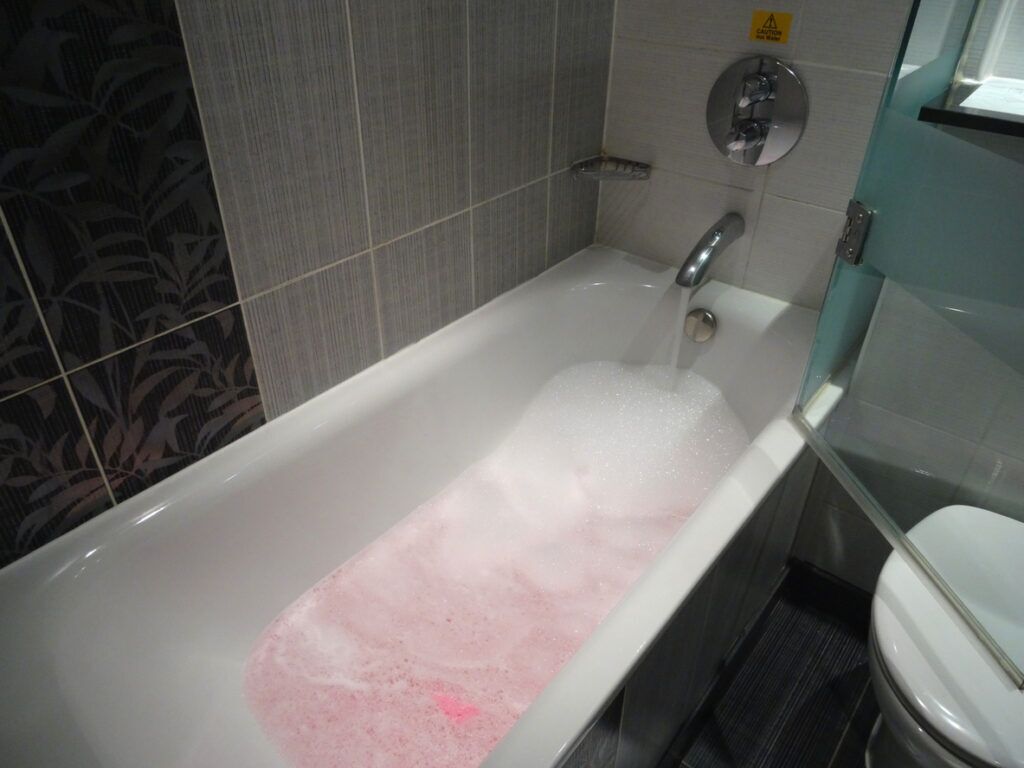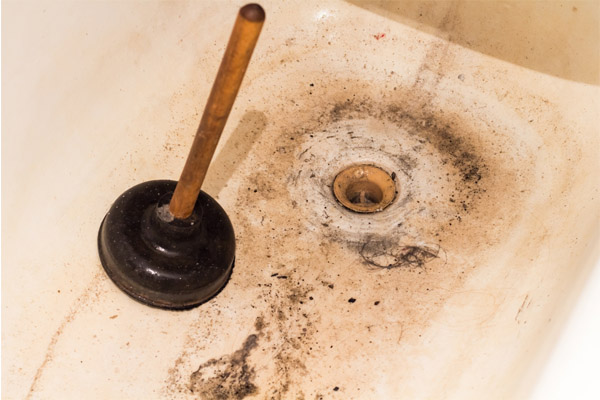Explanations for Drainage Rising Through the Bathtub
Call TodayWe've discovered this great article pertaining to Water Coming up Bathtub Drain listed below on the net and thought it made perfect sense to relate it with you here.

Sewer back-up in the tub can be a traumatic and unhygienic trouble for any kind of property owner. Not just is it bothersome, yet it also poses severe wellness dangers and shows underlying concerns with the plumbing system. Comprehending why sewage is showing up with the tub is vital for taking appropriate activity to address the trouble effectively.
Intro to the Concern
Usual Factors for Sewer Backup
Blockages in the Sewage System Line
Among one of the most common causes of sewer backup is an obstruction in the sewage system line. This can take place due to the buildup of particles, grease, or international objects in the pipes, stopping appropriate flow and creating sewer to back up into your tub.
Tree Origin Breach
Tree origins seeking moisture and nutrients can infiltrate drain lines with tiny splits or joints. In time, these origins can expand and increase, causing considerable damages to the pipelines and resulting in sewage backup issues.
Understanding the Trouble
When sewer draws back up right into the bath tub, it's a clear sign of a trouble with the drainage system. The wastewater that ought to be flowing far from your home is rather locating its back right into your home, which can lead to substantial damages and health hazards.
Prospective Reasons
Numerous aspects can add to sewage backup in the tub. From obstructions in the sewage system line to concerns with the plumbing facilities, identifying the root cause is vital for finding an option.
Aging Facilities
Older homes may have obsoleted plumbing systems that are more vulnerable to rust, splits, and wear and tear. As pipelines age, they become more prone to leaks and clogs, raising the probability of sewer back-up cases.
Heavy Rainfall or Flooding
During periods of heavy rainfall or flooding, the sewer system might become overwhelmed with excess water, causing back-ups and overflows. This can result in sewer supporting right into bath tubs and other fixtures inside the home.
Signs of Sewer Back-up
Foul Odors
Undesirable odors emanating from drains or fixtures, especially in the restroom, might show sewage back-up concerns. These smells are commonly solid and relentless, signifying a trouble that calls for instant interest.
Slow Draining Fixtures
Bathtubs, sinks, and commodes that drain pipes slowly or not whatsoever could be experiencing sewer backup. If multiple fixtures are influenced at the same time, it's most likely that the problem originates from a typical point, such as the major drain line.
Gurgling Noises
Unusual gurgling or bubbling sounds coming from drains pipes when water is running in other places in your home are a sign of air entraped in the plumbing system. This air build-up can result from sewage back-up and should be investigated promptly.
Health And Wellness Dangers Connected With Sewer Backup
Contamination of Supply Of Water
Sewage backup can pollute the water in your home, posturing a serious health risk to you and your family members. Direct exposure to contaminated water can lead to gastrointestinal concerns, skin infections, and other diseases.
Mold and mildew Growth
Moisture from sewer back-up can produce optimal conditions for mold growth in your house. Mold and mildew spores can worsen respiratory issues and trigger allergic reactions in delicate people, making prompt cleaning necessary.
Spread of Disease
Sewer includes dangerous bacteria, viruses, and bloodsuckers that can trigger a variety of illness, including hepatitis, cholera, and gastroenteritis. Entering into contact with sewer or contaminated surfaces places you at risk of infection.
Tidying up After Sewage Backup
Disinfection Procedures
Thoroughly disinfect and disinfect affected locations after sewer backup to get rid of dangerous germs and prevent mold and mildew growth. Usage suitable cleansing products and safety gear to make certain risk-free and reliable cleanup.
Reconstruction of Influenced Locations
Repair any damages to floor covering, walls, or fixtures triggered by sewage back-up. Relying on the degree of the damages, you may require to replace carpets, drywall, or various other materials to recover your home to its pre-loss problem.
Immediate Actions to Take
Switching Off Water
In case of sewer backup, it's necessary to turn off the water supply to stop more contamination and damage. Find the main water shutoff valve in your home and closed it off until the problem can be dealt with.
Speaking To an Expert Plumber
Taking care of sewage backup is not a do it yourself job. Contact a qualified plumber with experience in handling sewage-related concerns to examine the scenario and carry out essential fixings or cleanings.
Avoiding Contact with Polluted Water
Up until the sewer back-up is resolved, avoid contact with contaminated water to stop the spread of microorganisms and pathogens. Use protective gear if you need to be in the damaged area and wash your hands thoroughly afterward.
Preventive Measures
Normal Maintenance of Drain Lines
Set up regular examinations and upkeep of your sewer lines to identify and deal with potential concerns prior to they escalate right into major problems. This can consist of clearing out debris, inspecting for tree origin invasion, and fixing any type of damaged pipes.
Setting Up Backwater Valves
Consider mounting bayou valves in your plumbing system to avoid sewer from receding right into your home throughout periods of heavy rainfall or flooding. These shutoffs automatically close when water draws back up, securing your building from contamination.
Correct Disposal of Home Waste
Stay clear of purging anything aside from toilet tissue and human waste down the commode to stop blockages and obstructions in the sewage system line. Dispose of grease, oil, and other house chemicals appropriately to decrease the danger of plumbing problems.
Why Is Water Backing Up in My Bathtub When I Flush My Toilet?
What to do about a sewer line clog
First, don’t bother with plunging. No amount of plunging will dislodge the clog in a sewer line. The clog is too far away. Plungers are for clogs in the toilet itself, not the sewer line. Plus, the most likely causes of a sewer clog are:
Tree roots Flushed toys or feminine products Grease buildup Those items don’t move easily. And in the case of tree roots, the roots need to be cut out of the pipe and the pipe will need to be repaired.
You’ll need a closet auger. A closet auger is a type of plumber’s snake with a protective cover to keep from scratching the delicate porcelain toilet. If the clog is further down, you may need to remove the toilet or use one of your cleanouts to get to the clog.
We also recommend doing a video inspection of the drain to ensure that the cause of the clog has been completely removed. Otherwise, you could have the same problem again in a few days or weeks.
https://mspplumbingheatingair.com/blog/why-is-water-backing-up-in-my-bathtub-when-i-flush-my-toilet

I hope you liked our section on . Thank you so much for taking a few minutes to browse our piece of content. I beg you take the time to share this article if you appreciated it. Thanks a lot for going through it.
Check Us Out